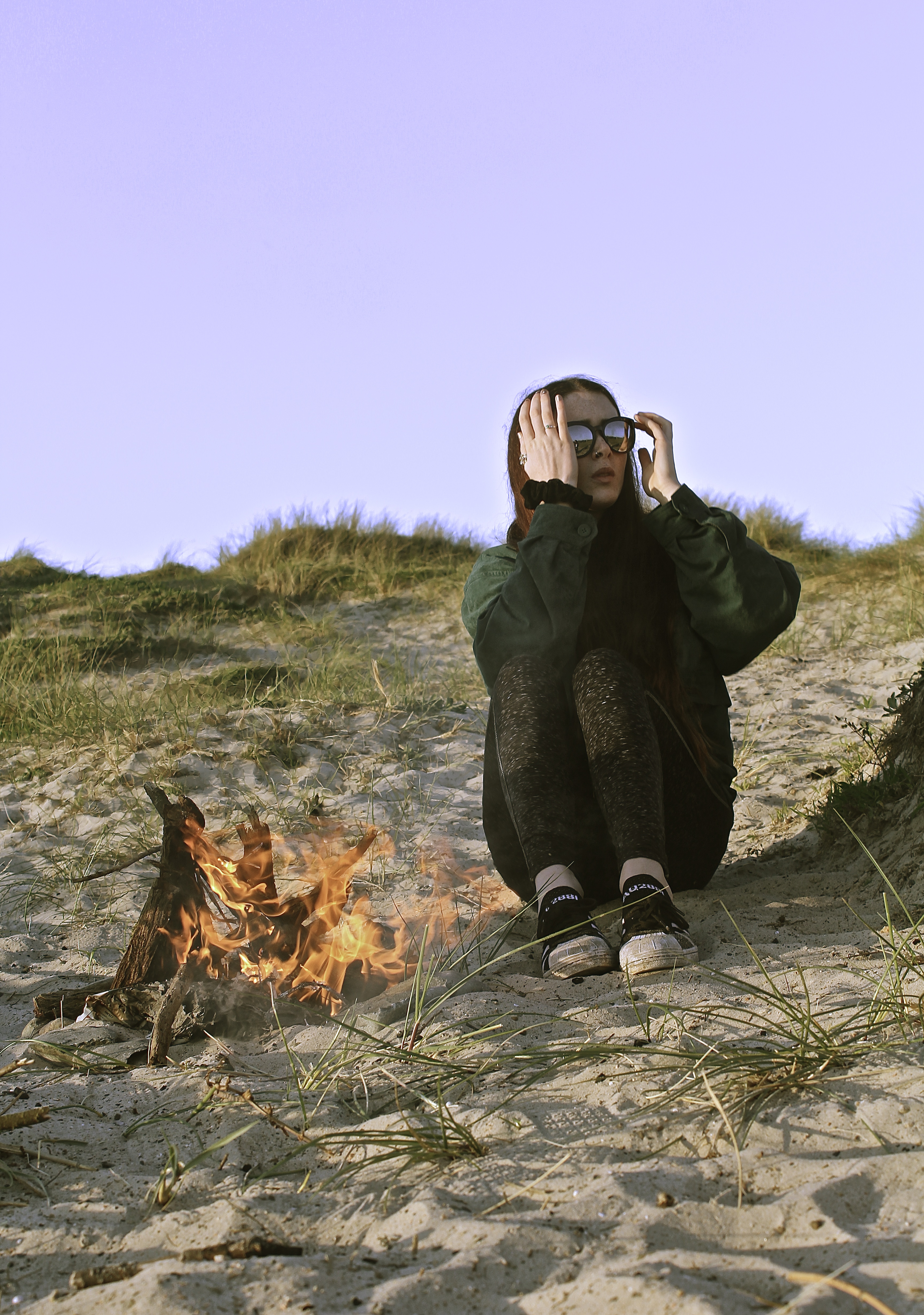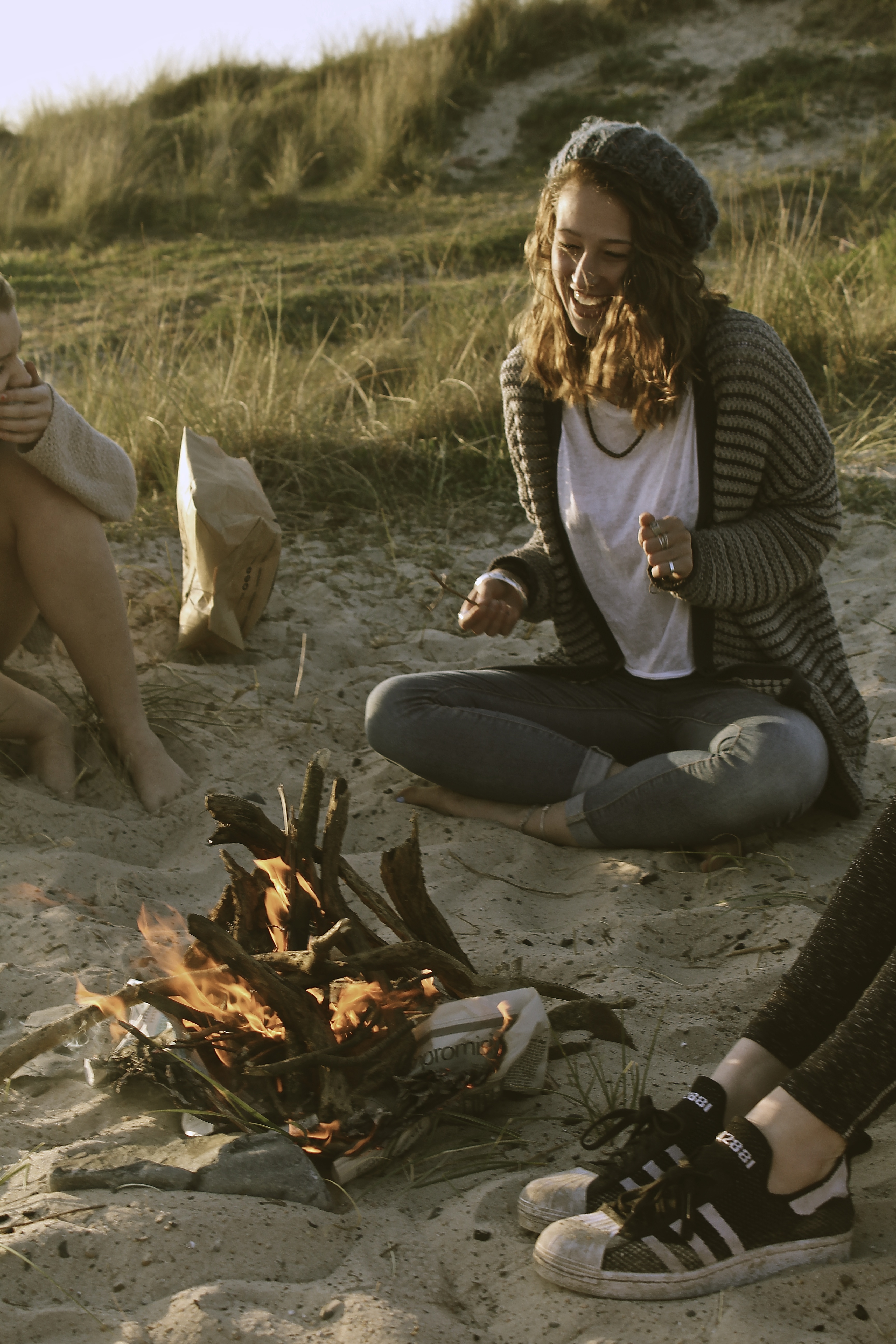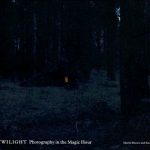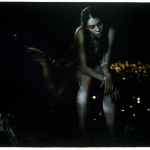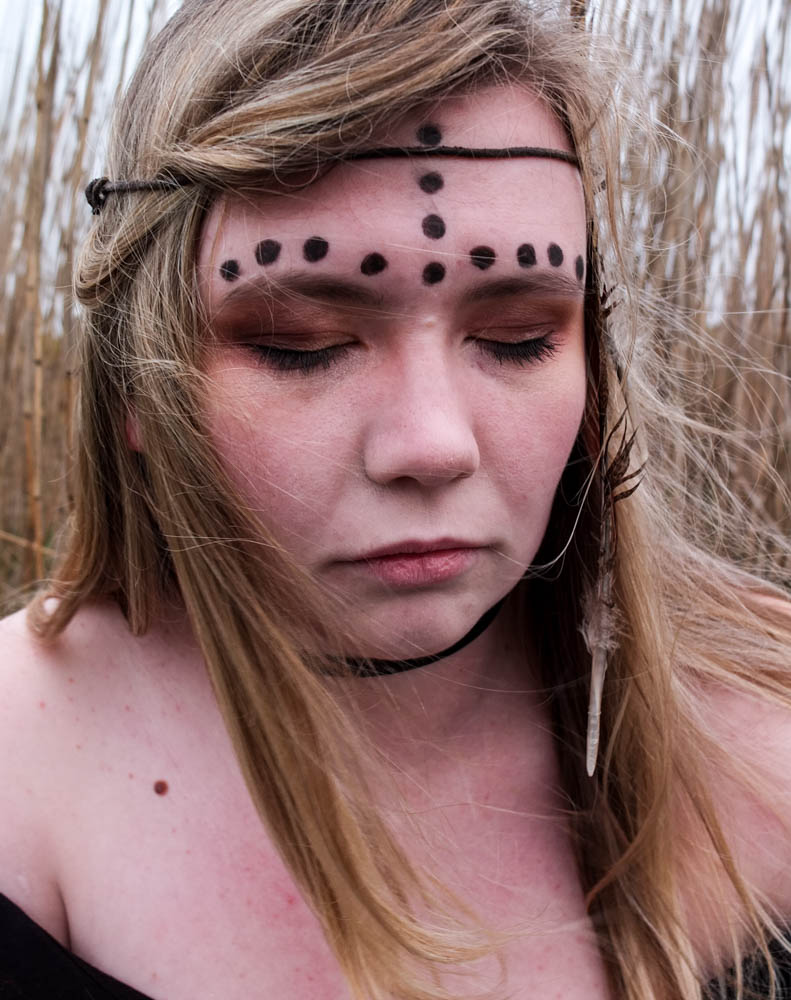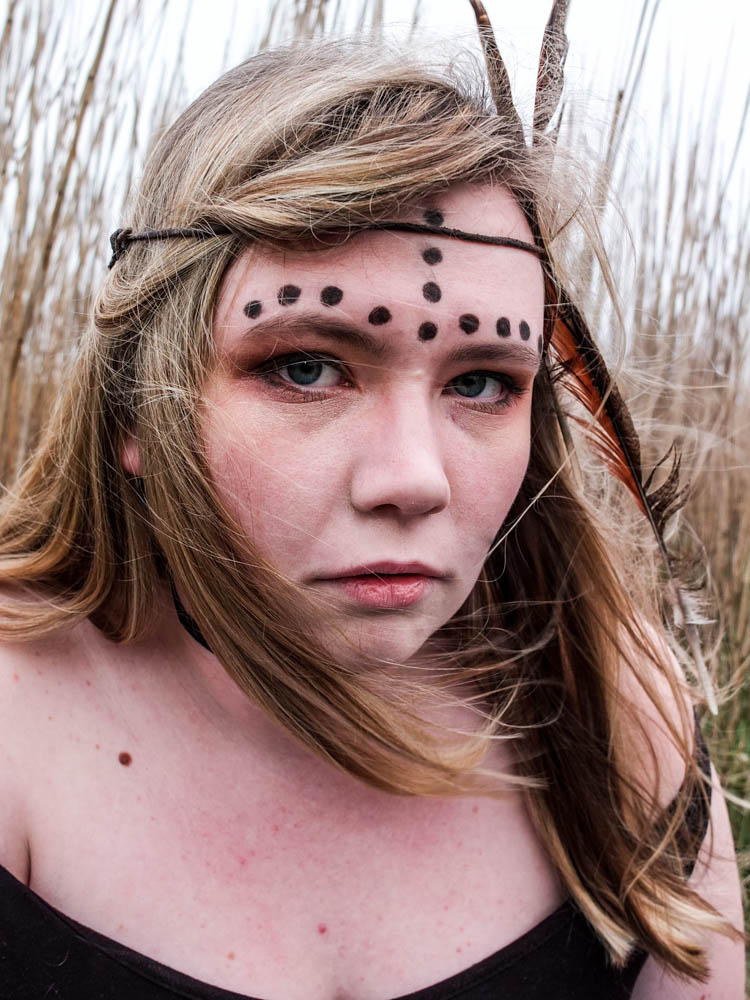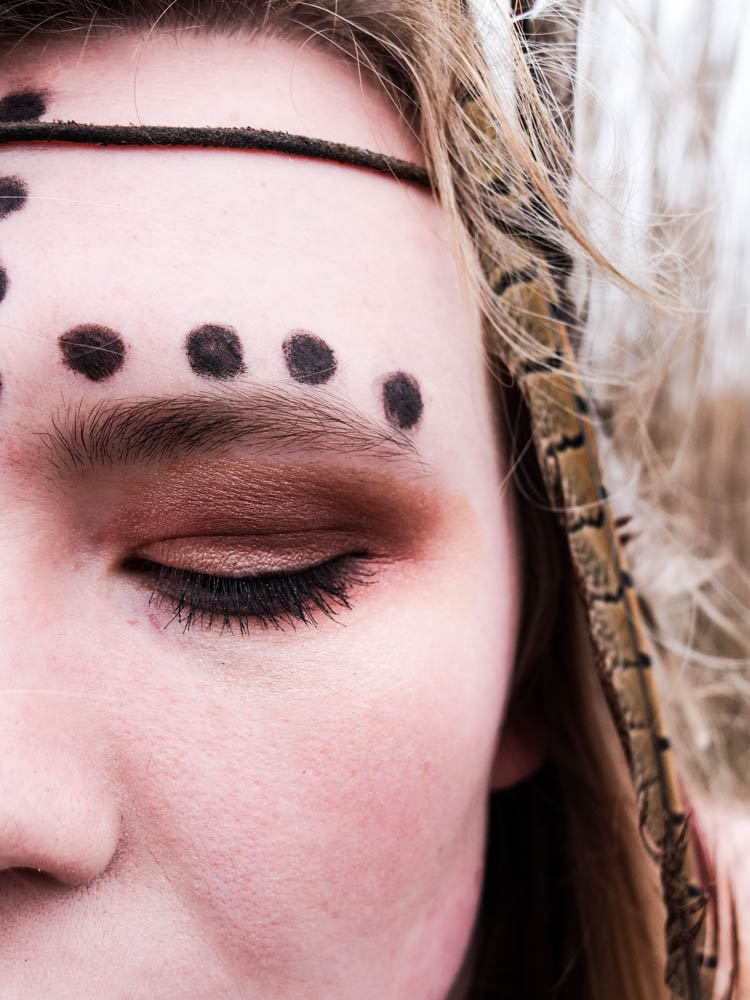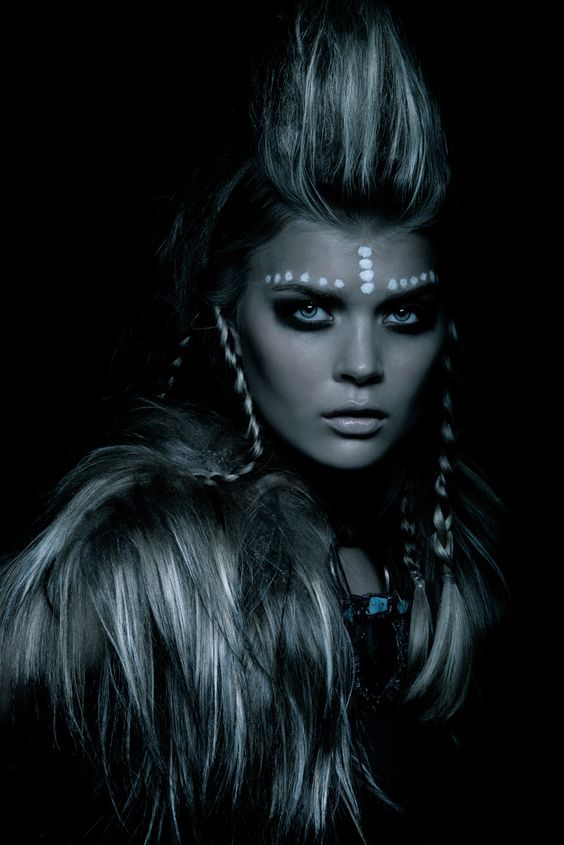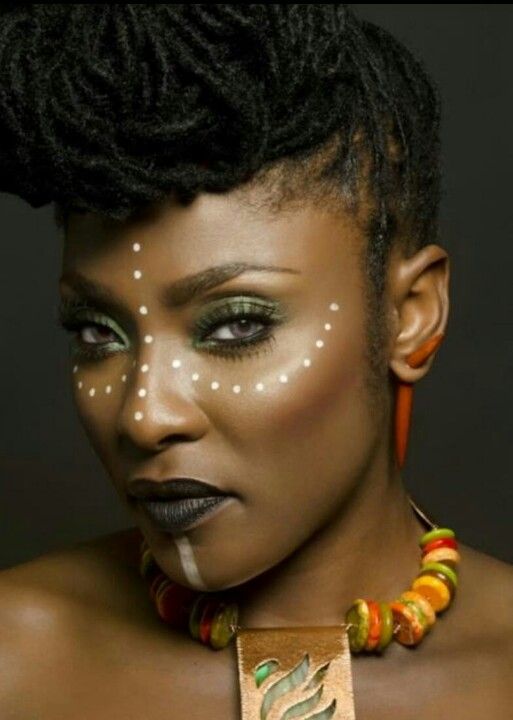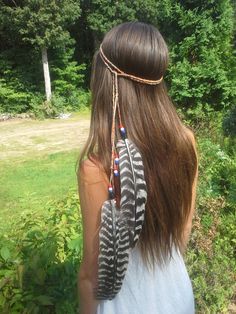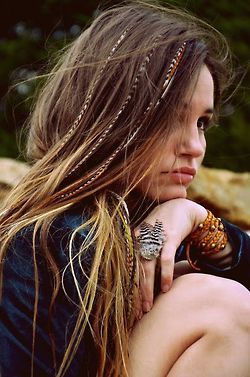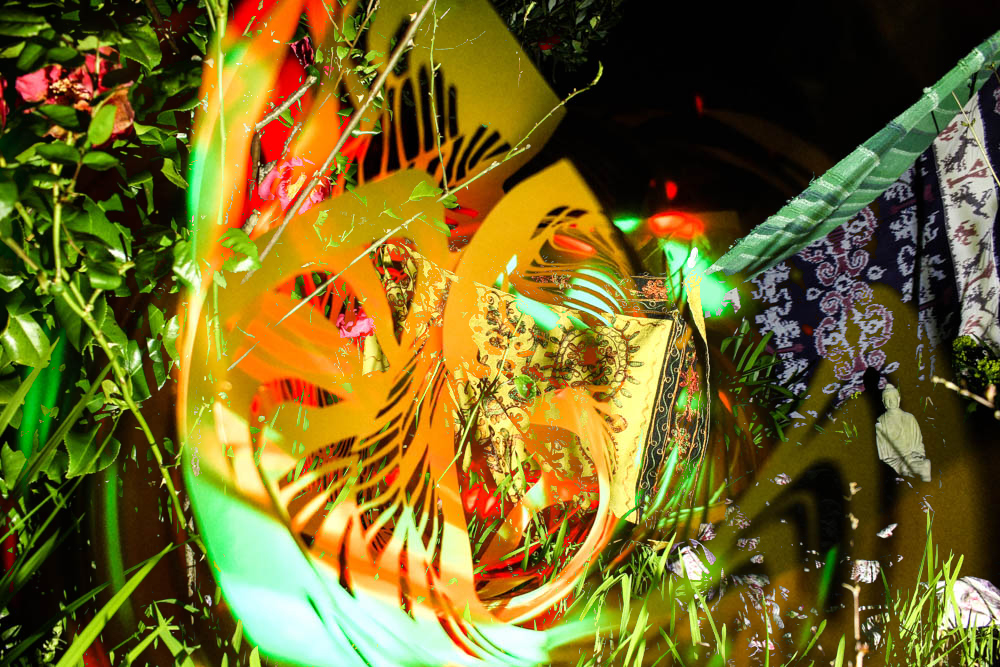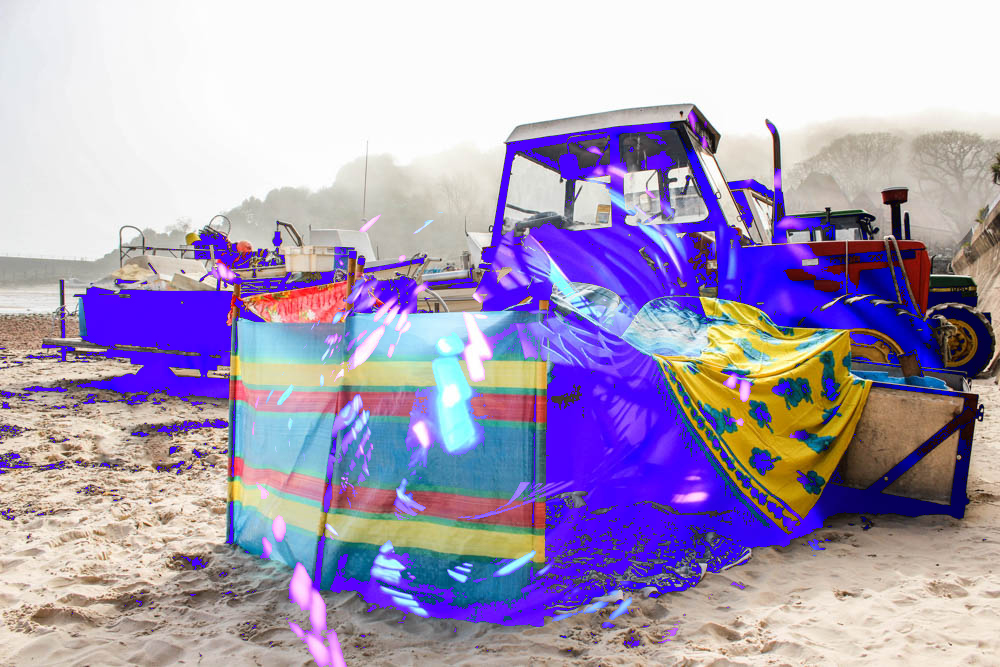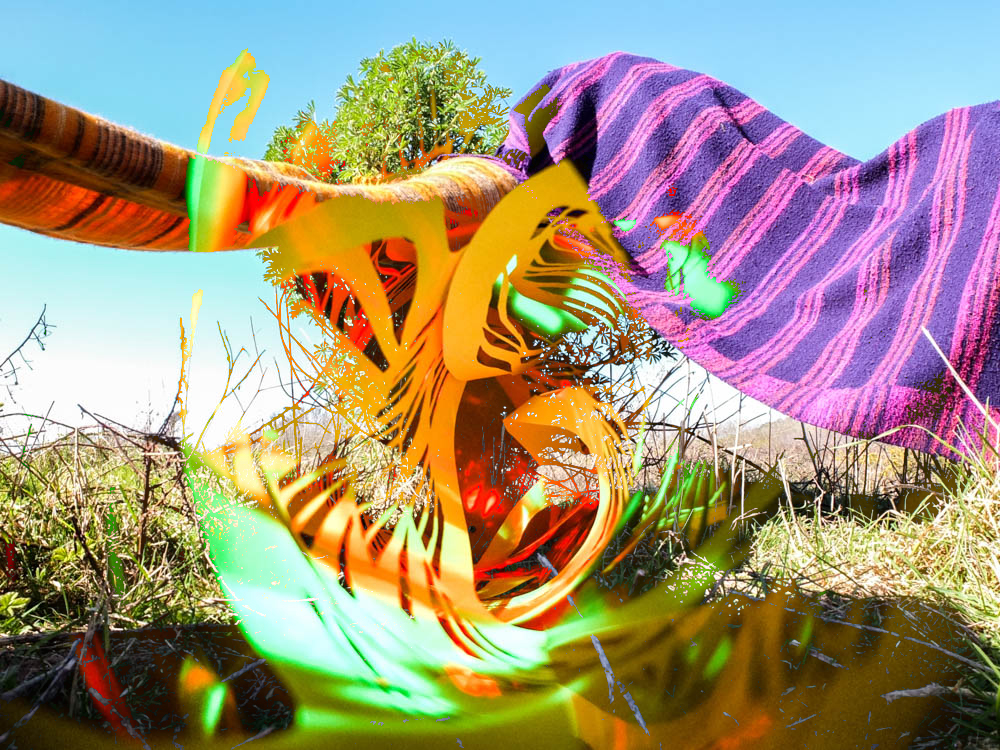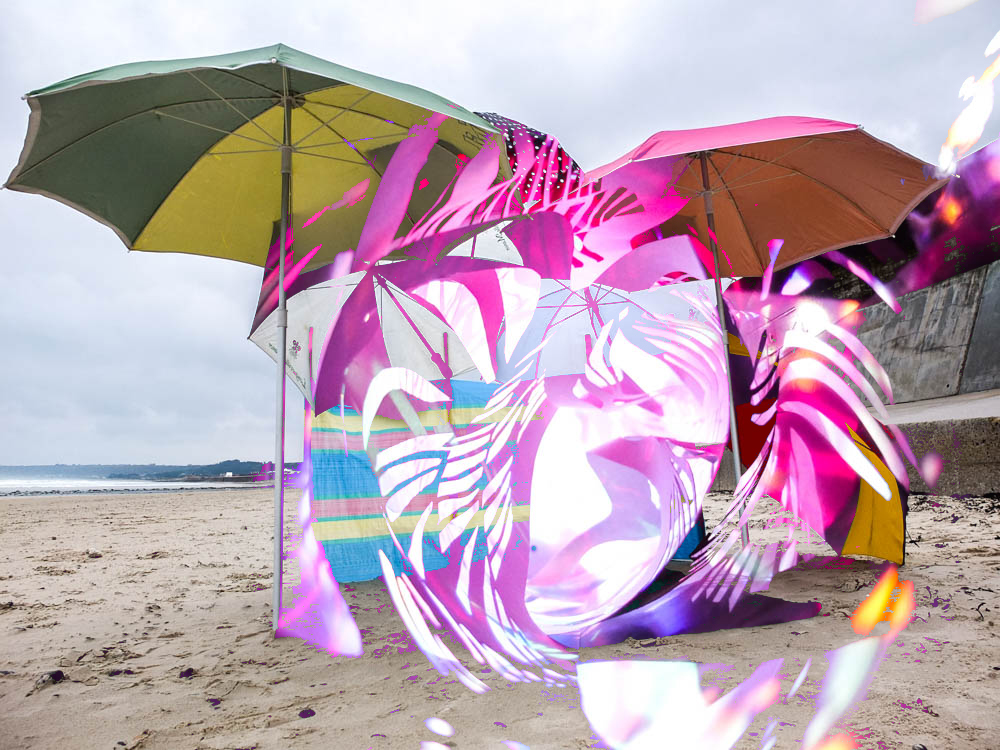The reason behind this shoot was because it makes all of my photographs come together, as what I wanted to represent was some young adults on journey, exploring, taking in beautiful landscapes etc. Showing what they would do when away from home and away from the worries of typical every day life. Therefore I wanted to show a carefree youth. The van represents the literal movement between each place I’ve photographed, and show’s how relaxed they are on their journey as all they need is a bed, some books, and a camera to capture their moments. For my final outcome, i’m going to present it as a book, with all my favourite photographs to show the journey their vans have taken them on.
I choose this location as I wanted to show that the people I photographed would just pull up in a beautiful area and stay there for the night. Even though this is a fairly remote location, there were still other cars and people in the background, therefore we had to park the car so they wouldn’t be in the image. I also parked the car in the position which used the natural lighting to my advantage, as I originally was going to park it the other way so I could capture the sunset and the more scenic background, however because of the lighting I wouldn’t be able to get the natural lighting on the models face and show the little details which were important to the shoot.
The photographs below taken in black&white remind me of documentary photography, as they’re self explanatory and documentary photography generally relates to longer term projects which mine is meant to represent a group of my friends travelling.
I think these two photographs work really well together as it shows the movement of the model, and the composition is exactly the same, so it works nicely as a couple. The weather was perfect for the day as the wind made her hair blow and it made the photographs have more character.
The photograph below is shows the models surrounding and shows her looking directly at the camera. Therefore, because she’s looking at the camera it makes it feel as if she’s interacting with the person taking the photograph, and this makes the person who views the image feel as if they’re in that moment.
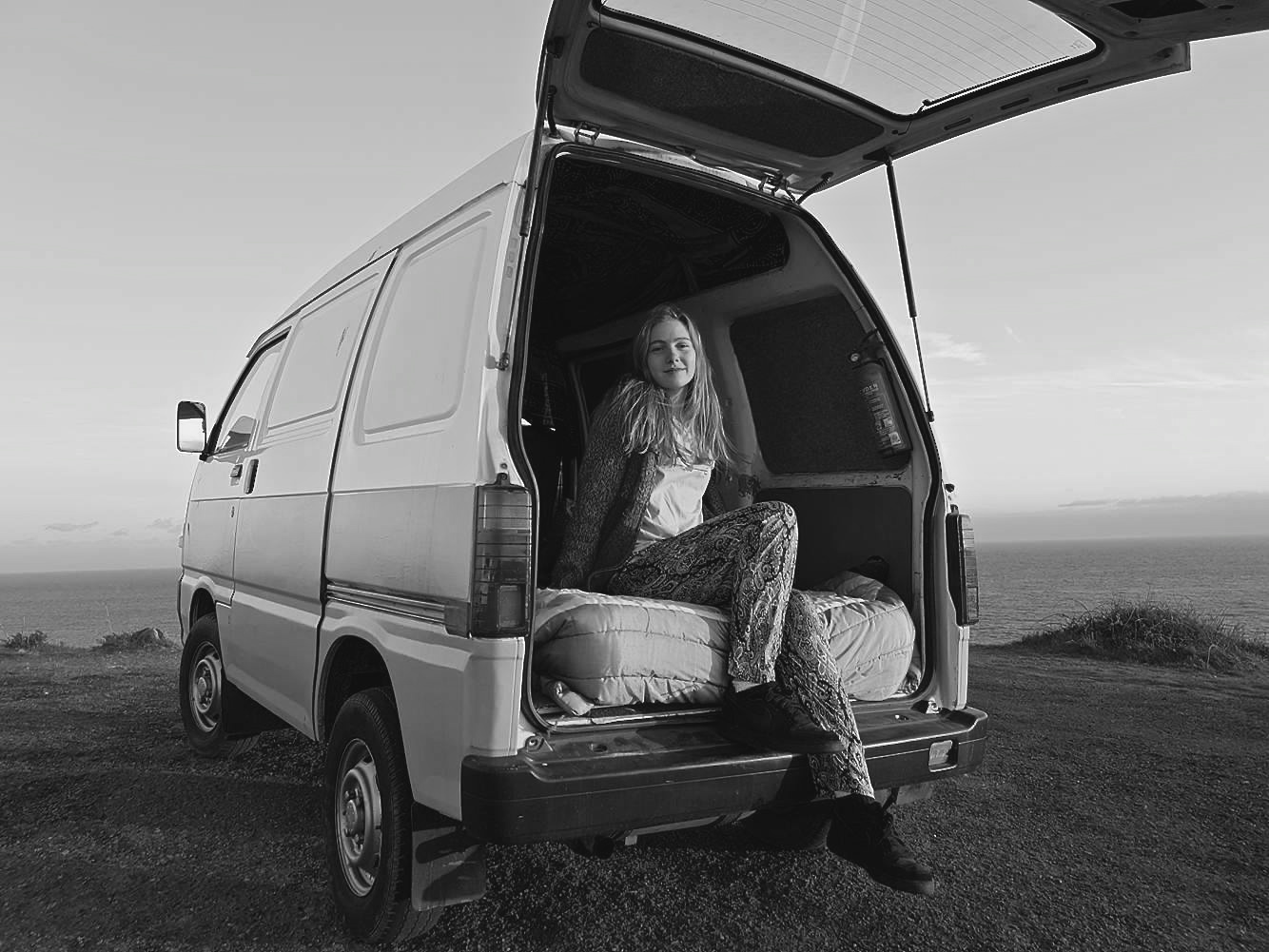
Referring back to the quote by Ted Grant, which I’ve analysed in my previous shoots; “When you photograph in colour you photograph their clothes. But when you photograph in B&W, you photograph their souls.” I think this quote is very true and important for the type of photographs I’m trying to capture, as I want my images to portray the basic life of a free soul.


For this photograph I was originally going to get the model to lie down surrounded by the pillows on the bed, however I noticed the lighting lying down wasn’t the best and there was a bit of natural lighting coming through the window so I made the model sit up against the back of the van, so i could capture the concentration on her face whilst reading the book.

I then left some of the images in colour, as the sun lit up the models her beautifully and made the images very colourful and therefore look playful.
Frequently in my shoots, I’ve captured the models hair blowing in the wind, an example is given below. This is due to the wind creating a carefree image. The natural lighting also captures the hair blowing and lights up half of her face and making her features stand out. I like the fact the model is not smiling in this photograph as it shows the images are purposely meant to look as if they’re not posed;
“photography is about capturing souls and not smiles.” Dragan Tapshanov.

The reason I believe this photograph works well is due to the composition of the photograph, because where the line of paint stops on the van it starts on the other side yet the line of the horizon.
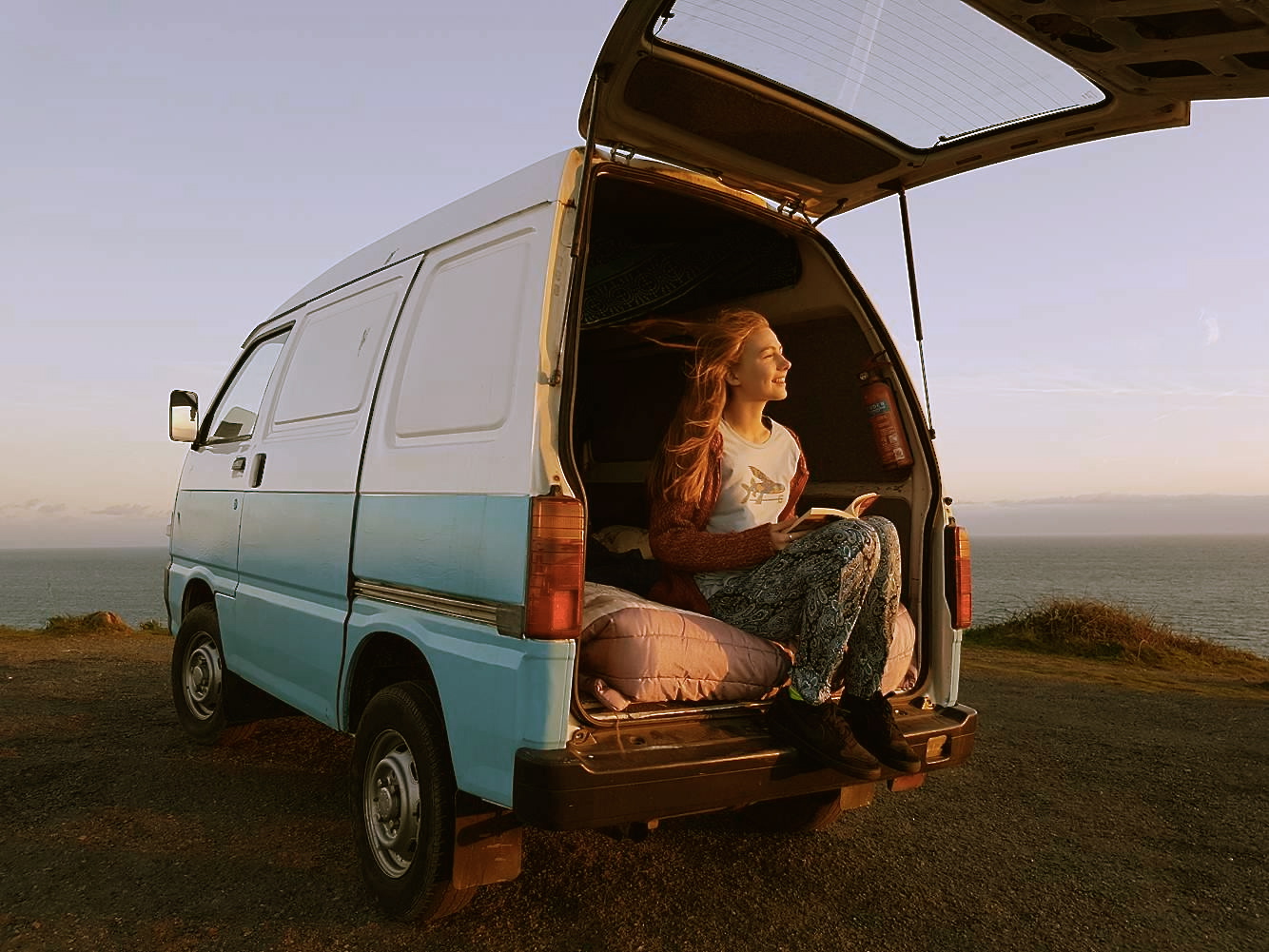
For the images below I tried to capture it from a different perspective, and I took it up-close to create a more personal effect between the model and the viewer.



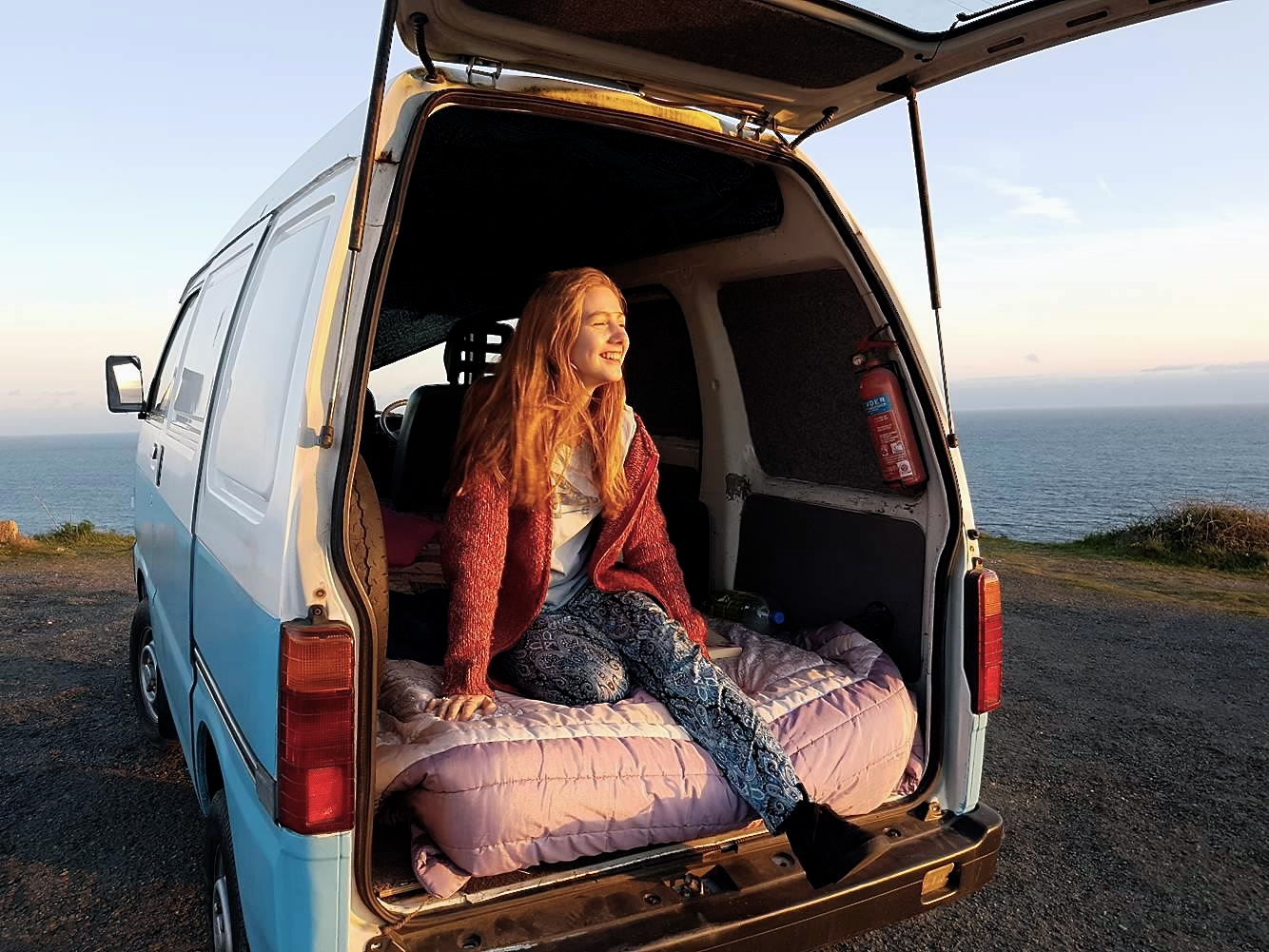

In the image below, one can see that it has had a filter added to it, like many of my photographs. This is done to add a certain feeling or aesthetic to the images;
“A lot of people in the art world hate to use the word Photoshop like it’s cheating or easy or something. I say bollocks to that. For me, it’s my tool, my paintbrush if you like, and lets me create my own visual language.” Idris Khan




 – could also look at the social environment of skateboarding, and photography in both the style of tradiotional skatboard documentation as well as more modern cinematic skateboard documenting styles – looking at the sport and culture around it itself.
– could also look at the social environment of skateboarding, and photography in both the style of tradiotional skatboard documentation as well as more modern cinematic skateboard documenting styles – looking at the sport and culture around it itself.

























 My plan of action for this next shoot is to use the designs I have drawn out above, a ‘home studio’ and interesting compositions to capture this pollution issue in a colourful, eye-catching and insightful way. To complete this shoot I will be using the materials I have already collected during my previous beach clean ups, black fabric as the background and a mixture of artificial and natural light. My goal is to produce emotive outcomes portraying marine life and ocean scenes by only using the pollution we cover it in. I have decided to use a fish as the subject for this shoot because, much like with the sculptures from ‘Washed Ashore’, I want to put across that it’s the sea life that is most affected by pollution. The fish is the most common creature found in the sea, hence why I will be using to symbolise my message about marine life. To create fine details and make the subject stand out more I will also be using salt as an ocean themed artistic material. For the waves design, I am aiming to show that this problem is very condensed and will eventually effect ‘every wave in the sea’. I love the examples I have managed to find and present for inspiration on how to create this kind of inspiring art. When the element of photography is added to capture the subject properly, I think this idea will produce some really nice emotive outcomes.
My plan of action for this next shoot is to use the designs I have drawn out above, a ‘home studio’ and interesting compositions to capture this pollution issue in a colourful, eye-catching and insightful way. To complete this shoot I will be using the materials I have already collected during my previous beach clean ups, black fabric as the background and a mixture of artificial and natural light. My goal is to produce emotive outcomes portraying marine life and ocean scenes by only using the pollution we cover it in. I have decided to use a fish as the subject for this shoot because, much like with the sculptures from ‘Washed Ashore’, I want to put across that it’s the sea life that is most affected by pollution. The fish is the most common creature found in the sea, hence why I will be using to symbolise my message about marine life. To create fine details and make the subject stand out more I will also be using salt as an ocean themed artistic material. For the waves design, I am aiming to show that this problem is very condensed and will eventually effect ‘every wave in the sea’. I love the examples I have managed to find and present for inspiration on how to create this kind of inspiring art. When the element of photography is added to capture the subject properly, I think this idea will produce some really nice emotive outcomes.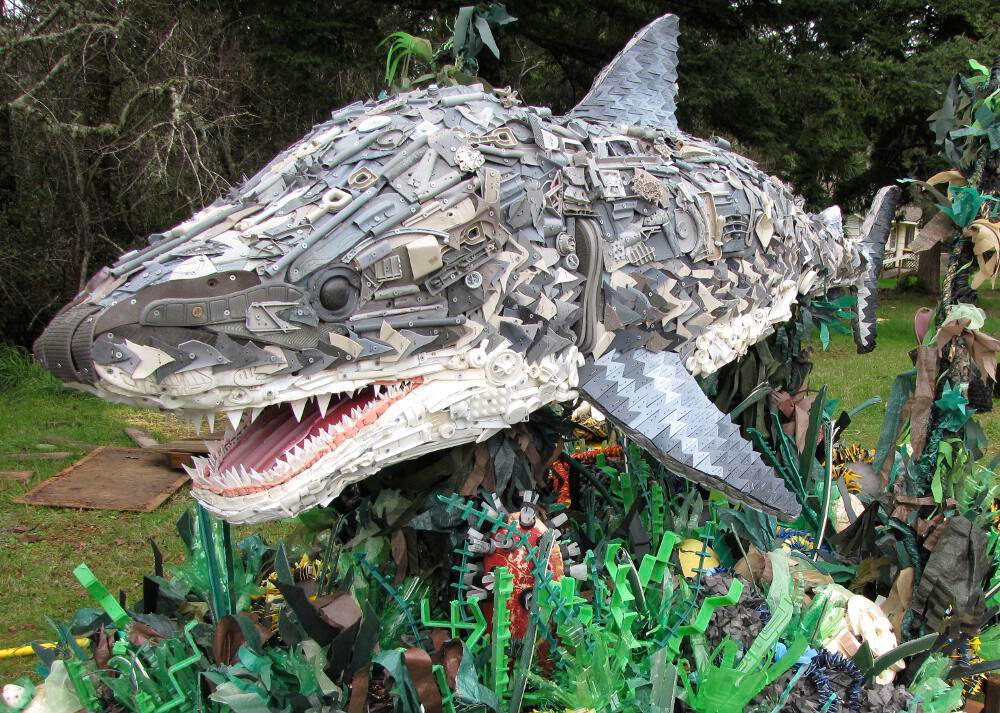 Above is a huge sculpture depicting what looks like a great white shark created using an array of different discarded materials. To put these masterpieces together the ‘Washed Ashore Project‘ volunteers collect rubbish that has been removed from beaches through community cleanups. This pollution is then washed, sorted and prepared for the creation process. Each sculpture is designed and directed by a professional artist and then formed through a collaboration of Washed Ashore team members, volunteers and students. The meaning behind these sculptures is to symbolically present our ocean pollution crisis and inspire change in our modern consumer culture. I love the use of small plastic items to collectively display such a textured and detailed masterpiece. The size of the shark and its surroundings, plus the sheer amount small and dangerous pieces of plastic collected from the beach, really make this piece something to think about.
Above is a huge sculpture depicting what looks like a great white shark created using an array of different discarded materials. To put these masterpieces together the ‘Washed Ashore Project‘ volunteers collect rubbish that has been removed from beaches through community cleanups. This pollution is then washed, sorted and prepared for the creation process. Each sculpture is designed and directed by a professional artist and then formed through a collaboration of Washed Ashore team members, volunteers and students. The meaning behind these sculptures is to symbolically present our ocean pollution crisis and inspire change in our modern consumer culture. I love the use of small plastic items to collectively display such a textured and detailed masterpiece. The size of the shark and its surroundings, plus the sheer amount small and dangerous pieces of plastic collected from the beach, really make this piece something to think about.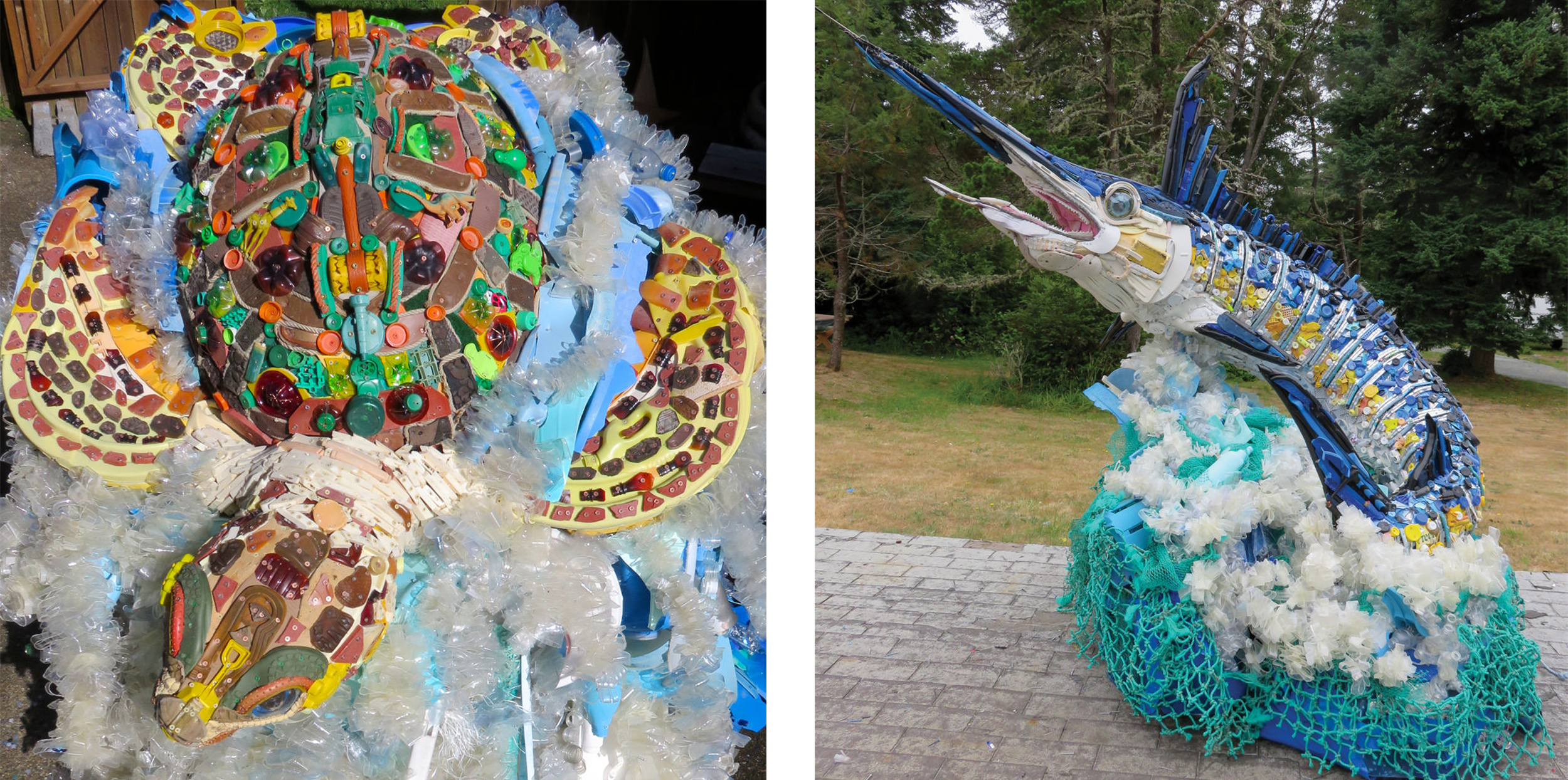 The next two photographs depict other transportable and inspiring pieces of art that portray a few creatures who are most affected by ocean pollution. The first sculpture on the right shows a carefully crafted sea turtle put together using discarded materials found on the beach such as water bottles, boots, shotgun shells, detergent bottles etc. The sculpture on the left depicts a Marlin fish created using things like sunglasses, toothbrushes, fishing lures and a toilet seat. I love the textured effect these creatures are given by being made up of such tiny pollution elements as well as the array of colours that can be presented. The size of these sculptures, along with their beautifully thought out structure, can definitely emphasise this pollution crisis and give the public a good idea of just how massive it is. All artists, volunteers and designers involved in the creation of these pieces will have been influenced by our current consumer culture. The sculptures’ construction is truly a community effort, with volunteers collecting, cleaning, sorting, and building the sculptures together.
The next two photographs depict other transportable and inspiring pieces of art that portray a few creatures who are most affected by ocean pollution. The first sculpture on the right shows a carefully crafted sea turtle put together using discarded materials found on the beach such as water bottles, boots, shotgun shells, detergent bottles etc. The sculpture on the left depicts a Marlin fish created using things like sunglasses, toothbrushes, fishing lures and a toilet seat. I love the textured effect these creatures are given by being made up of such tiny pollution elements as well as the array of colours that can be presented. The size of these sculptures, along with their beautifully thought out structure, can definitely emphasise this pollution crisis and give the public a good idea of just how massive it is. All artists, volunteers and designers involved in the creation of these pieces will have been influenced by our current consumer culture. The sculptures’ construction is truly a community effort, with volunteers collecting, cleaning, sorting, and building the sculptures together.